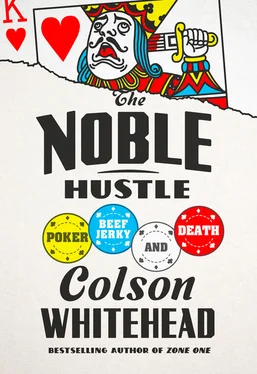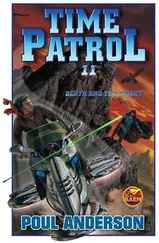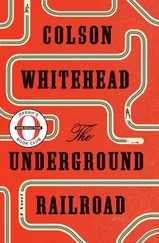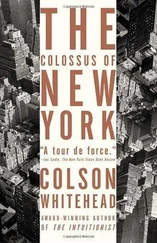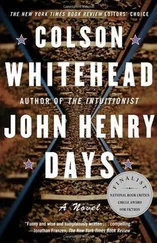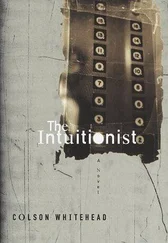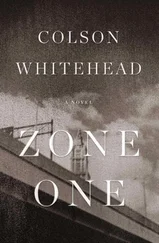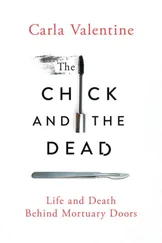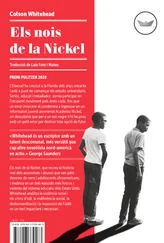I railed for two days, watching, trying to get accustomed to the ebb and flow of the place. Listening to the crickets.

Reward cards and rejuvenating foot massages. Look for sawdust on the floors, and you will not find it. We were not at Binion’s Horseshoe, home of the inaugural World Series. Downtown Vegas, 1970, before TV rights, trade-marked merch, bleached teeth. Only forty-odd years ago, but let’s picture it in sepia, for kicks. There were seven bare-knuckle entrants, cronies of casino owner Benny Binion, and no official prize money. The players voted on the winner, Johnny Moss, who received an engraved silver cup. This year there were 6,856 entrants, and the top 10 percent got paid off, with the champion paying taxes on $8,715,638 in winnings.
Al Alvarez immortalized the early days of the spectacle in The Biggest Game in Town . That book, and James McManus’s Positively Fifth Street: Murderers, Cheetahs, and Binion’s World Series of Poker , are lively, bravura accounts of the Main Event before Chris Moneymaker’s inspirational fable destroyed the old paradigm. Alvarez — a poet, editor, and essayist — attended the 1981 festivities, which had ticked up to a field of seventy-three warriors. The cowboys still reigned, charging through the sagebrush in a romantic fable of colorful personalities, savage talent, once-in-a-lifetime convergences. “Romance,” Alvarez writes, “because that’s how the poker pros saw themselves: as the last of the gunslingers, ready to showdown with any stranger who dared to take them on.” Pew pew.
Call me a dandy, sure, but Alvarez’s outlaws with their “Stetsons, embroidered shirts, and bolo ties” were no slackers in the sartorial department. Yosemite Sam and his rootin’-tootin’ glamour are deep in the chromosomes of the game, gunfight lingo permeating the vernacular. Chips are ammo, bullets a pair of Aces. A shootout is a tourney where you advance only when everyone else at your table is exterminated, and in a bounty you grabbed bonuses for cutting down certain players. Polish the chaps and saddle up, boys and girls.
Alvarez was an Englishman, a foreigner like me, chatting up poker legends like Johnny Moss and Doyle Brunson, as well as pseudonymous high rollers whose lunatic attitudes toward money were queasy evidence of the gambler mentality. Chapter by chapter, we traversed the gangplank to the original Showboat: “It was as if the old riverboat cardsharps had never been quite exorcised and now they were back again … reincarnated as gnarled, relentless good ol’ boys who knew how to turn on the charm but never gave a sucker an even break.”
The 1981 game was still run by the Binion family. A closed fraternity of hard-bitten pros and the well-heeled fish foolish enough to tangle with them. Before TV cameras and poker memoirs, The Biggest Game in Town was as close as most regular enthusiasts were ever going to come to the action. Lucky them: Alvarez’s portraiture was warmhearted and wry, the enthusiasm of a good pal who saves you a primo spot at the rail. He was a less unctuous version of Saul Rubinek in Unforgiven , the penny-dreadful scribe chronicling the lethal day-to-day of Little Bill and the Duck of Death, setting down high-noon showdowns for the audience safe at home, far from the frontier.
Like many humans, writers need money for food and travel. The New Yorker underwrote Alvarez’s trip to Vegas. McManus traveled out on Harper’s dime to chronicle the 2000 Main Event and the death of Ted Binion, son of Benny, who’d taken over operations at the Horseshoe. Positively Fifth Street toggled between McManus’s coverage of the Binion murder trial (narcotics, desert gangsters, the attendant autopsies), his tentative dips into Vegas strip-club culture (the Cheetahs of the subtitle), and his miraculous Main Event adventure.
McManus was a poet and fiction writer, but also an amateur poker player. Hells yeah, he was going to play a little while out West. Internet gaming was just a sparkle of code in some programmer’s eye, so McManus crammed the books (as you do) and pointed and clicked through rudimentary computer games, whose crappy graphics I can only imagine. Shudder. Once he arrived, he parleyed a $200 satellite into a seat at the Main Event. His passage was not without hardship (it’s stressful, dude) but the improbably badass conclusion was exhilarating — the Final Table, where he placed third and raked in almost a quarter of a million dollars. Holy megillah!
When the book version of his underdog story was published in 2003, it helped popularize the myth of the Rise of the Amateur. Chris Moneymaker’s Main Event coup that year, and the internet gaming that made it possible, detonated the World Series as if it were some faded Sinatra hangout hogging development space on the Strip. Moneymaker, a humble accountant, earned a trip to Vegas after wiring forty bucks for an online satellite. Here’s to new blood: He ended up winning the whole shebang, 2.5 million bucks, besting poker maestros and star-crossed chumps, sidestepping bad fortune all the while.
Quake and tremble before the terrible power of the “Moneymaker Effect.” The guys at home — Miller Lite wisping out of their pores and into the upholstery of their fave recliners, the latest arguments with the wife and the most recent workplace humiliations buzzing in their brains — said to themselves: “I can do that. I’m the best player in my weekly game, everyone says so.” The Moneymaker mythology was a version of a core gambling fantasy: I am different from those losers I see on the street every day, this time I will prove it has not been all for naught. I am a winner.
Various forces had intersected. In 1998, Rounders triggered Hold’em fever among the kids. They start playing when they’re sixteen, brains aswim with visions of Hollywood glory and Gretchen Mol’s boobs, and then nascent internet sites give them a chance to play tournaments night and day, fueled by microwave burritos and Red Bull. TV shows like World Poker Tour , which debuted in 2003, insert them elbow to elbow with poker heavyweights in all their kooky glory. The camera as rail-bird, sweating foul-mouthed Scotty Nguyen, cranky Phil Hellmuth. Shoot, this is a racket where severe personality deficits aren’t a hindrance for once. And might even help. If you’re half dead inside, for example.
The books, the divine primers — Harrington’s trilogy, and the thousand-plus pages of Brunson’s Super System— delivered Prometheus’s fire to the hoodied cavemen. When Moneymaker, account holder at PokerStars.com, one of them , wins his bracelet, we have entered a new age, when knuckle-dragging wretches can grab a seat at the table. In McManus’s 2000 game the field was 512. In Moneymaker’s game, 839. The next year, attendance tripled to 2,500 hopefuls. By 2006, 8,000 players showed up at the Rio — sharps, internet homunculi, Sarasota dentists, and hedge-fund dinks with $10K in disposable cash. America was in a cash bubble, and so was organized poker.
The Binion family sold off the casino and Harrah’s Entertainment picked up the rights to the WSOP in 2004. It’s big biz, like everything else in town. Walking the Rio floors, the machine hums, you can barely hear it. There is no such thing as a seedy underbelly when everybody’s on their back, airing out their bits. You smile indulgently at the minor vulgarities described by Alvarez — hookers making propositions in elevators, the imbecilic stage shows — as years of viral YouTube atrocities, C-listers’ sex tapes, and a million texted nudie shots have collapsed the travel time to the desert. Like Shecky Green, we are all a bit Vegas now, more comfortable exposing ourselves in all our weaknesses and appetites. Goodbye cowboy, hello middle-class schlub.
Читать дальше
